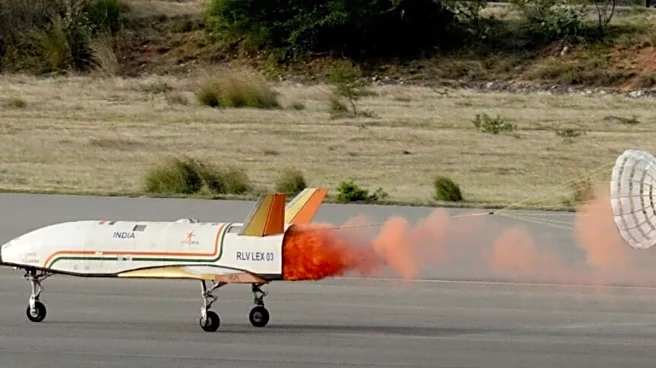
Space keeps surprising us and sometimes, the surprises look like cosmic fireworks. That’s exactly what might have happened with 3I/ATLAS, only the third known interstellar object to ever enter our solar system. Recently, astronomers captured stunning new images of the mysterious visitor right after it zipped past the Sun and they suggest something dramatic: the comet-like object might have burst into more than a dozen fragments. The object brightened sharply near the Sun, releasing gas at a massive rate, the kind of behaviour you’d expect if something big was happening internally.New Images Fuel Breakup TheoryFresh observations by British astronomers Michael Buechner and Frank Niebling show 3I/ATLAS sporting a huge “anti-tail” and a smoky trail
of jets stretching millions of kilometres across space, one side pointing toward the Sun and the other extending nearly three million kilometres outward. That’s not normal comet behaviour. And it certainly caught the attention of Harvard astrophysicist Avi Loeb, who’s been keeping a close eye on 3I/ATLAS.Loeb believes the intense heat from its close solar pass may have triggered a catastrophic fragmentation. “Was the dramatic mass loss and brightening evidence that it disintegrated?” he asked in his latest analysis, adding that breaking apart would explain the sudden increase in surface area and brightness.Why Scientists Think It ShatteredAccording to Loeb's calculations, the amount of energy 3I/ATLAS absorbed from the Sun doesn't align with earlier size estimates, unless it expanded dramatically. Between August and perihelion, its mass loss appears to have jumped from 150 kg per second to nearly 2 million kg per second. That kind of jump suggests it didn't just release gas, it blew apart, possibly into 16 or more pieces, Loeb said.If not? Then things get even stranger. Loeb, who has famously discussed the possibility of technological interstellar objects, notes that non-natural propulsion (like alien thrusters) would also explain the jets with far less mass loss. Not a conclusion most astronomers jump to, but the physics, he argues, leaves room for questions.ALSO READ: Scientists Find 'Largest Ever' Black Hole Flare From Early Universe: All You Need To KnowWhen We’ll Know MoreAstronomers worldwide are now tracking 3I/ATLAS closely as it heads for its closest approach to Earth on December 19, then toward Jupiter in March 2026. Upcoming studies from the Hubble Space Telescope and James Webb Space Telescope could finally settle the mystery, confirming whether we’re seeing a shattered interstellar comet… or something far more unusual.(with inputs taken from Economic Times)
/images/ppid_a911dc6a-image-17628555891328281.webp)

/images/ppid_a911dc6a-image-176282404059089453.webp)
/images/ppid_59c68470-image-176282756139795548.webp)
/images/ppid_a911dc6a-image-176282753281144587.webp)


/images/ppid_59c68470-image-176302003743427640.webp)

/images/ppid_59c68470-image-176304754371671383.webp)

/images/ppid_a911dc6a-image-176292554015310994.webp)

/images/ppid_59c68470-image-176292506540175783.webp)
/images/ppid_59c68470-image-176282511966380802.webp)
/images/ppid_59c68470-image-176282507540422263.webp)